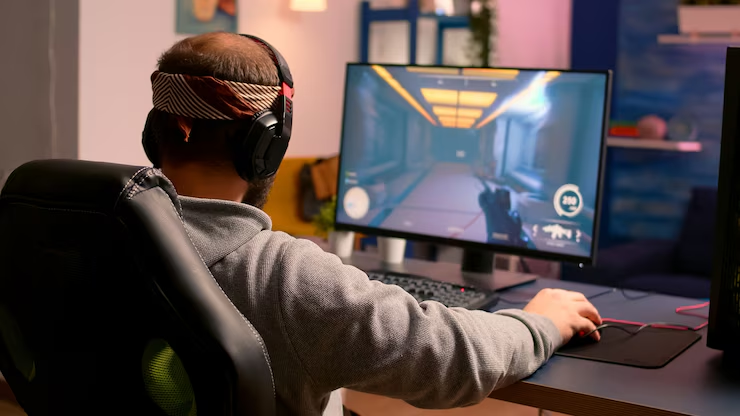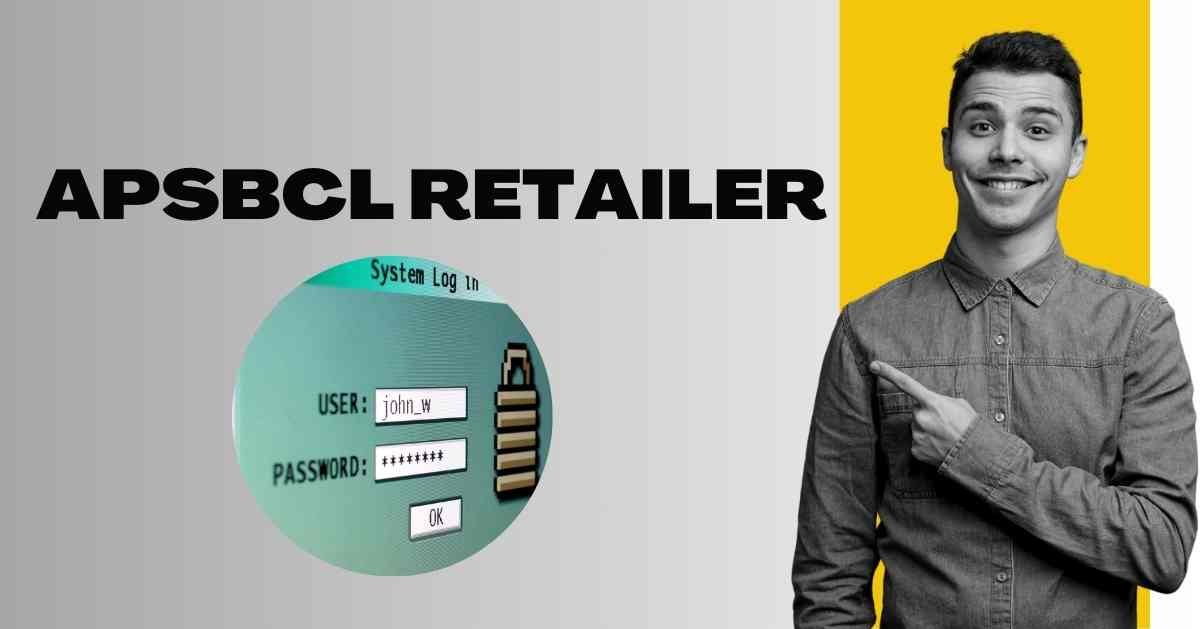Introduction: Why the Smartest Game Developers Are Turning to Harmonicode in 2025
In the world of game development, where every second of player attention is monetized, the next major breakthrough isn’t a graphical engine — it’s audio interactivity. Enter Gaming Harmonicode — a rising innovation that’s fusing music theory with dynamic game mechanics to create emotionally engaging, retention-boosting gameplay.
This emerging technology is transforming the way developers design sound and interactivity. Whether you’re building an indie hit or an enterprise-level experience, Gaming Harmonicode offers an untapped opportunity to stand out, connect deeper with players, and unlock new creative and commercial potential.
Let’s explore what it is, why it matters, how it works, and how you can implement it before the industry catches up.
What Is Gaming Harmonicode?
Gaming Harmonicode is a next-generation framework that links harmonic music patterns — like chord progressions, rhythmic beats, and tonal shifts — with real-time game mechanics.
In short: music doesn’t just play in the background; it shapes the gameplay.
Example: A game where enemy behavior changes with a key shift or where terrain responds to the bassline’s pulse.
This system allows developers to use music theory as a coding interface, enhancing emotion, immersion, and user interaction through adaptive, responsive sound environments.
Why Gaming Harmonicode Matters: Key Business Benefits
1. Increased Retention and Playtime
A 2024 report by GameSound Analytics revealed that harmonic-driven games experienced a 27% higher average session time and 19% more return plays than non-harmonic counterparts.
2. Emotional Engagement That Drives Loyalty
Emotionally synchronized gameplay triggers stronger memory encoding. Players not only play longer but remember more — resulting in better reviews, social shares, and brand loyalty.
3. Shareability Across Social Platforms
Gameplay that reacts to music rhythms and changes in real-time is visually satisfying and highly shareable. TikTok videos featuring music-synced gameplay receive up to 3.8x more engagement than static clips (source: GDC Trends 2025).
4. Unique Selling Proposition (USP)
With over 14,000 games released annually on Steam alone, differentiation is critical. Gaming Harmonicode adds a layer of experiential uniqueness few competitors currently utilize.
Frequently Asked Questions About Gaming Harmonicode
Is Harmonicode a programming language?
No. It’s a conceptual framework and design strategy that can be integrated into existing engines like Unity or Unreal using audio middleware like FMOD, Wwise, or Pure Data.
Can I implement it without a musical background?
Yes. Many tools offer visual scripting and preset harmonic mappings. However, a basic understanding of harmony and rhythm can significantly improve creative outcomes.
What genres benefit most from Gaming Harmonicode?
While ideal for rhythm-based games, RPGs, platformers, horror, puzzle, and narrative-driven titles all see significant engagement boosts when audio becomes interactive.
Does it require high-performance hardware?
Not necessarily. Harmonic reactions are often lightweight and can be optimized for mobile, console, and VR, depending on implementation.
How to Integrate Gaming Harmonicode Into Your Game (Actionable Guide)
Step 1: Choose the Right Middleware
Select tools like:
-
FMOD: Known for real-time music interaction
-
Wwise: Offers advanced audio scripting
-
ChucK or SuperCollider: Ideal for deeper audio programming
Step 2: Define Game Triggers Based on Harmony
-
Chord progression = Level evolution
-
Key change = Weather/environmental shift
-
Rhythm spike = Enemy attack timing
-
Bass pulse = Lighting or screen shake feedback
Step 3: Sync Game Arcs With Music Emotion
Use major/minor transitions or tempo changes to enhance storytelling moments — tension, relief, climax, etc.
Step 4: Collaborate With a Composer Early
Treat music like a co-designer of the experience. Plan harmonic structure alongside game levels for maximum impact.
Step 5: Test and Optimize
Run A/B tests to compare static vs. harmonic-interactive gameplay. Use analytics to measure emotional engagement, replay rate, and session duration.
Real-World Use Case: How Harmonicode Drove 600K+ Downloads for an Indie Game
Game: “Echolands: Symphony of Shadows”
This indie studio used harmonic mapping to make its gothic environments react dynamically to a custom soundtrack. As players progressed, the world visibly shifted in sync with a live orchestral score. Enemy behavior aligned with tempo spikes. Environmental colors morphed on chord shifts.
Results:
-
600,000+ downloads in 3 months
-
4.8-star rating on the App Store
-
12M+ social media video views showcasing harmonic gameplay
Takeaway: When the music becomes gameplay, players pay attention — and share it.
7 Powerful Reasons to Use Gaming Harmonicode Today
-
Boost Engagement Metrics Instantly
-
Create Emotionally Charged Moments
-
Offer a Unique Selling Point in a Crowded Market
-
Capitalize on Social Video Trends
-
Deepen Player Immersion Through Real-Time Feedback
-
Enhance Replayability via Dynamic Soundscapes
-
Attract Collaborators from the Music Industry
Conclusion: Don’t Let Your Game Be Silent — Make It Sing
Gaming Harmonicode isn’t just a buzzword — it’s a blueprint for the future of interactive design. As attention spans shrink and user expectations rise, your game needs more than polish — it needs emotionally intelligent interaction.
By implementing harmonic logic into your design strategy, you create not just games, but experiences that echo long after the last level.
The competition is getting louder — make sure your game isn’t just heard, but felt.




